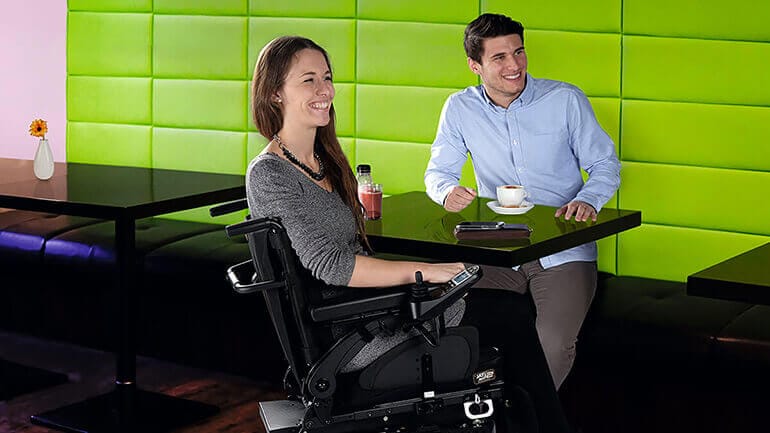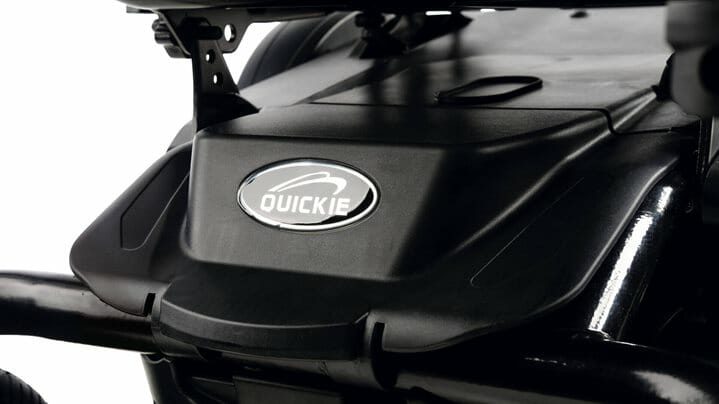The maintenance of the batteries of the electric wheelchair
The great advances in recent years in the field of accumulation and storage of electrical energy have allowed wheelchairs to have batteries with ever-increasing duration, charging speed and efficiency. Nonetheless, it often happens that the instructions provided by manufacturers and retailers regarding the care of batteries for electronic wheelchairs are lacking in reliability and clarity, creating confusion among buyers but also in the technicians and traders themselves. This article aims to try to clarify the topic and to provide some advice, to prevent the batteries from being damaged due to not being used.
There is a big difference between the batteries used for wheelchairs and those used, for example, in a car. While the latter are designed to release large amounts of energy over a short period of time, batteries for devices such as power wheelchairs are designed to release energy evenly over a long period of time.
Generally, wheelchair batteries are maintenance-free, and use a method of storing and transporting electrolytes called "gel", which is sealed inside the battery container, which allows you to handle and transport these batteries in total safety, without the danger of spilling acid. Their transport by air is also approved.
Tips for battery care when not in use
1) Charge the power wheelchair every night, regardless of use during the day, so even in case of no use.
2) In order not to risk damaging the batteries by interrupting the recharging cycle, wait overnight to fully recharge. Wheelchair maintenance-free batteries have a longer charging time than lead acid batteries fitted to other devices.
3 Leave the wheelchair connected to the charger until use, taking care to keep the charger connected to the power supply, so as not to damage the batteries, which would otherwise tend to discharge.
4) If you are forced to leave the wheelchair stationary for more than 15 days, as is possible during this period, disconnect the cable connecting both batteries, but be sure to charge at least one full charge per week.
5) Check the battery terminals regularly for corrosion. If not, clean the terminals thoroughly using preferably a wire brush, and subsequently grease the terminal with petroleum jelly (not with normal oil). Verify that nuts and bolts of terminals, lead-through and exposed cable are covered with petroleum jelly.

Adopting these precautions will allow the correct maintenance of the batteries, which in case of discharge could become unusable.
Other useful tips
1) When disconnecting the charger from the socket, the connector must be pulled, not the cable, which must be positioned in such a way as not to risk tripping over it or stepping on it.
2) Always make sure that the cable is not damaged in the cover or connector, in order not to risk accidents from exposure to electric current.
3) For the same reason, use extension cords only if necessary, and if necessary, use suitable extensions to avoid the risk of fire or electrocution.
4) Never try to insert Schuco sockets (round ones with two pins, also called German) in an Italian three-hole socket, but use an adapter.
5) If multi-socket power strips are used, always make sure that the absorption is not excessive compared to the socket to which it is connectedIf possible, do not leave the power strip on the ground, but fix it to the wall.




